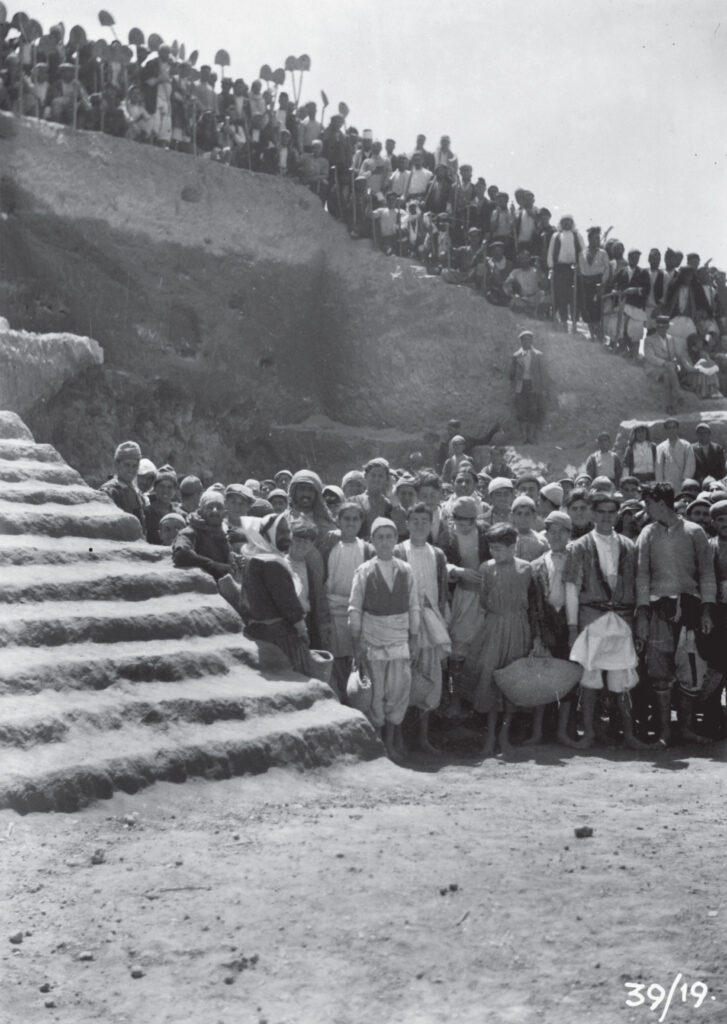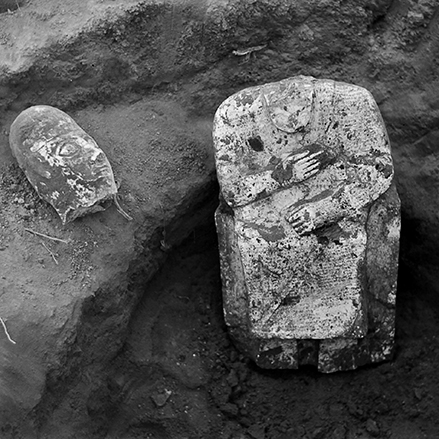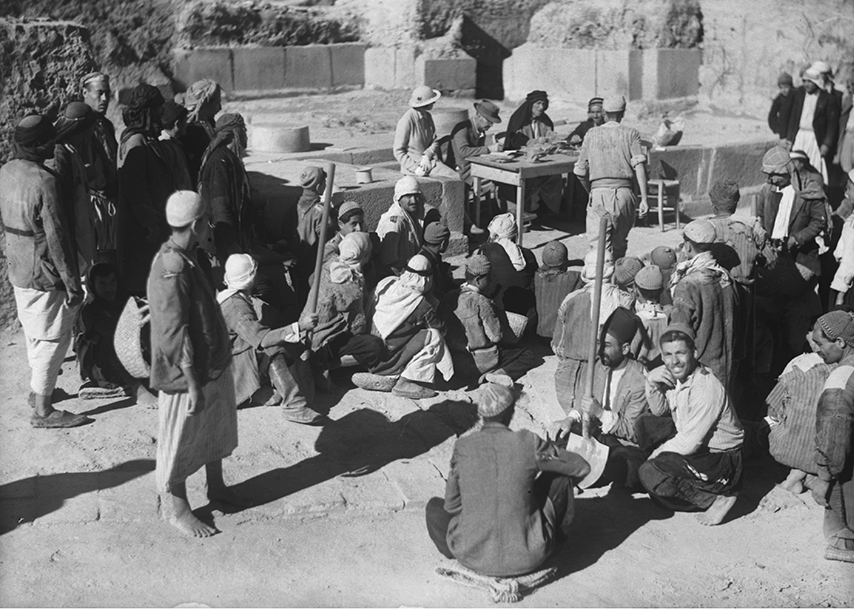RESEARCH HISTORY

1939
Courtesy of University College London, Institute of Archaeology

During the 1936-39 seasons, before Hatay became part of the Turkish Republic, Sir Leonard Woolley took many finds from his excavations back to England, and these are now on display at the British Museum in London and the Ashmolean Museum of Art and Archaeology in Oxford. The most important among them is the statue of King Idrimi, who was one of the kings of Alalakh during the fifteenth century BC. The statue was found in a pit dug inside the Level Ib Temple, and with its artistic style as well as historical significance, it holds unique information regarding the political history of the Eastern Mediterranean during the sixteenth and fifteenth centuries BC.
1939
Courtesy of University College London, Institute of Archaeology

1939
Courtesy of University College London, Institute of Archaeology
Woolley’s excavation was carried out on behalf of the British Museum, and many objects from the excavation are in its collection and on display. The photographic archive forms part of UCL Library Special Collections and the images are reproduced here courtesy of the Institute of Archaeology at UCL (https://www.ucl.ac.uk/archaeology/).
Tell Atchana, Alalakh, is located along the major branch of the Orontes River in the Amuq Valley of Hatay, near present-day Antakya. Covering an area of 22 hectares, it is the largest Middle and Late Bronze Age (2200-1300 BC) settlement in the region and was the capital of the regional kingdom of Mukish in the second millennium BC. Located at a crossroad and in the buffer zone between Anatolian, Near Eastern, and Eastern Mediterranean cultures, traces of early cultural connections and signs of Bronze Age globalization were revealed at the settlement during the 1930s and 1940s excavations under the leadership of Charles Leonard Woolley (1880-1960). His team included his wife Katharine Woolley (1888-1945), Sheikh Mohammed bin Sheikh Ibrahim el-Awassi (ca. 1875-1953), known as Hamoudi, and Hamoudi’s sons Yahia and Alawi, all of whom had been working together as archaeologists since the 1920s. The up to 400 laborers from the surrounding area were trained and overseen by Hamoudi, Alawi, and Yahia. The latter was also responsible for photography at the site, while Katharine held responsibility for supervising fieldwork, object registration, and conservation, as well as illustration and fundraising. After the Second World War, Tahsin Özgüç, one of the founding fathers of Turkish archaeology, worked at Tell Atchana and its associated sites.

Payday in front of the colonnaded entrance at the Level IV Palace. Woolley is conducting the procedure together with his foreman of many years, Hamoudi ibn Sheikh Ibrahim. Next to Katharine Woolley there is a pot stand of a Late Bronze Age type.
1939
Courtesy of University College London, Institute of Archaeology
Excavations at the site were restarted by K. Aslıhan Yener in 2000, and she directed the project until 2019. Murat Akar, the previous assistant director, is now the director of the excavations.

The project is conducted on behalf of the Turkish Ministry of Culture and Tourism and with the institutional support of Hatay Mustafa Kemal University, as well as many international research partners. Today, Tell Atchana, Alalakh Excavations tackle various research questions from craft production to imperial strategies and systems of exchange, as well as controversial topics such as climate change-induced collapse, urbanization, and mobility patterns.


